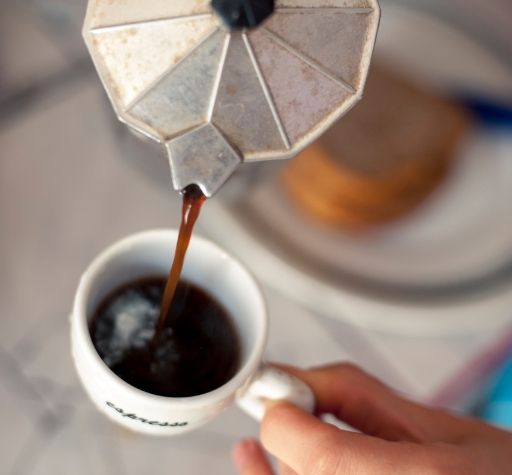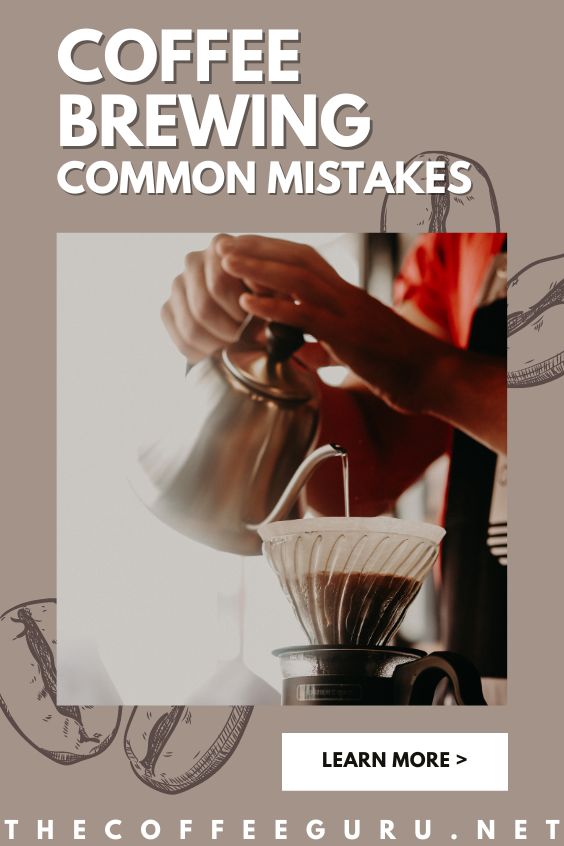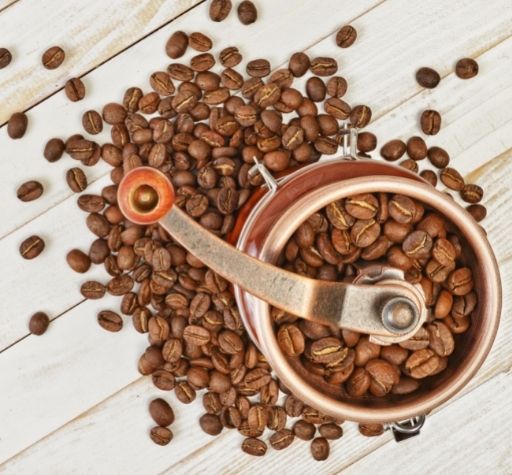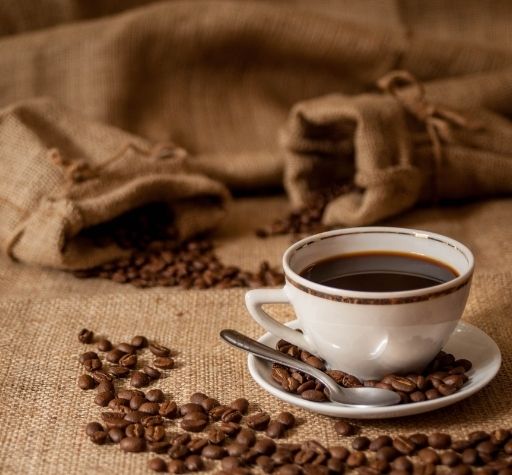The art of brewing coffee is slightly challenging to master. Brewing mistakes can cause acidity that makes the coffee taste bitter and unpleasant.
Most people make common mistakes when brewing coffee with coffee beans, equipment, water, etc. This article will discuss the top 10 common home brewing mistakes and how to make the perfect home-brewed coffee.
What are the most common coffee brewing mistakes?
There’s no rocket science involved in brewing that perfect cup of coffee. However, if you’re not a professional and are passionate about sipping that soul-pleasing java, then you’re at the right place. Minor mistakes, such as water quality or even the equipment you’re using, can impact the taste of home coffee. To brush up on your skills, we bring you the top 10 coffee brewing mistakes to avoid. Let’s get into it!
Dirty Equipment
Using dirty or stained equipment to brew your coffee is doing an injustice to your coffee. Dirty equipment is considered one of the biggest brewing mistakes amongst coffee enthusiasts. Your coffee maker requires regular maintenance or cleaning to stay in good condition. Not cleaning the equipment will accumulate dirt and add unwanted flavors over time. More alarmingly, it may also pick up bacteria and contaminants from the surroundings, altering the taste of even the best coffee.
Other than the coffee maker, if you’re using paper filters, discard them after use and never reuse them as they can mess up the flavor. If you have a reusable filter, rinse it properly and replace it if it’s causing the flavor to deteriorate.
Learning how to clean specific brewing equipment through other articles would be great, although watching video tutorials would be the best. Not only will it extend the life of your equipment, but it will also keep future brews free of contaminants and bad flavors.
Old Beans
Another common coffee brewing mistake is using old coffee beans for your cup of caffeine. It is easy to identify stale coffee beans; however, if your beans aren’t stale but old, that becomes a challenging task. Such coffee beans significantly impact the quality of your brew since they have the leading role in producing flavor and aroma.
Like any other ingredient, coffee beans will not last forever. If the beans are left on the shelves too long, the chemical constituents will slowly disperse, resulting in a bland cup of coffee. The next time you buy your coffee beans, ensure that no more than a month has passed since the roasting date. Also, don’t keep your coffee on the table for too long to let it cool because the chemical reactions that occur after the brewing can ruin it.
Pre-ground Coffee
Pre-ground coffee over fresh coffee beans is a mistake novices usually make. It is essential to know that the coffee grounds start losing their flavor after half an hour. So, pre-ground coffee would have already lost its aroma before you even start brewing!
Yes, the brewing method matters when making a cup of coffee, but regardless of that, one of the most important steps you could take to brew your coffee is to use fresh coffee beans instead of pre-ground coffee. After buying fresh coffee beans, you can start exploring the brewing methods and adopt the one that suits you best.
Bean Storage
It is a common misconception that coffee bags can keep the coffee fresh for an extended period. Unknowingly, people get trapped in this thought and complain when they don’t get the desired brew.
There’s a bit of chemistry behind coffee beans’ longevity, but we’ll put it out in simple words. Two components can significantly affect the quality of your coffee bean: oxygen and humidity. Ensure that your coffee beans are stored in a good quality airtight container that is not exposed to high temperatures.
On the other hand, if you’re afraid your beans will go stale and you put them in the freezer, you’re literally killing the beans’ magic. Storing coffee beans in the freezer makes them absorb unwanted moisture and causes them to lose freshness.
If you think you were making this brewing mistake, make sure you don’t repeat it and store your coffee in a clean, cool, and dry place, away from light, air, and humidity.
Grind Size
Having the correct cannot be emphasized enough! Understandably, grinding whole beans coffee right before brewing gets tiring and unenjoyable. It even leads to uneven grinds that affect the tone of your coffee. You need to ensure your grind consistently releases the flavor optimally.
Grinding coffee beans increases the surface area of the beans encountering water. An important thing to know about grind size is the extraction efficiency which refers to the harnessing of compounds from the coffee beans into the brew. The finer the grind, the quicker water can pass through, increasing extraction efficiency.
There are five types of grinds: coarse, medium-coarse, medium, fine, and extra fine. While no grind is right or wrong, it is a matter of preference and how you like to brew your coffee. We’ve explained the effect of having a finer grind (increases surface area), but it depends on how much time you have and the technique you’re using to brew your coffee.
Regardless of what kind of coffee you want, grind consistency is the key to maximum flavors and notes.
Water Ratio
Water plays an essential role while brewing your coffee. Now we know that no one’s in the mood to calculate stuff while doing such chores, but if you want a cup of coffee and not a cup of mud, we suggest you invest in a kitchen scale to measure stuff correctly.
Beginners usually make the mistake of carefully throwing coffee spoons into the filter and pouring water without measuring. While this won’t mess with your caffeine intake, it might cause you not to forgive yourself for the terrible cup of coffee.
There is no one correct approach to making a cuppa, but the optimal ratio is two tablespoons of coffee to six ounces of water. Or, if you measure it in grams, then 1 gram of coffee to 17 grams of water (1:17) would work fine. In case you want a stronger blend, decrease the gram of water to 15 grams (1:15). The ratio can be changed according to your preferences but deviating too much from it wouldn’t make a great cup of coffee.
Furthermore, don’t make a massive pot of coffee. Although it is convenient to boil a big pool of water for you and your friends, it is not efficient at all. The quantity of water is inversely proportional to the flavor and aroma of the coffee, considered one of the biggest mistakes of home-brewed coffee.
Water Temperature
While we’re still talking about water, it is essential to note that the temperature of the poured water can change the taste of your coffee. The right water temperature is crucial to making a good cup of coffee.
Using overly hot water will make your coffee bitter, whereas if you use water that is not hot enough, you will get a low extraction efficiency, and your coffee will taste bland. Different temperatures will brew out a different-tasting coffee. The ideal water temperature is 195 to 205 degrees Fahrenheit for making the best-tasting brew. Make sure to use a kitchen thermometer to measure the water temperature.
Water Quality
If you’re using tap water to brew your coffee, and getting a bland-tasting coffee, then you’re probably a novice in this game. Tap water contains minerals and chemicals, changing the pH of water that reacts with the composition of the coffee. This may ruin your coffee’s taste and give it a weird texture.
Use filtered or spring water to brew the perfect cup of coffee. A water filtration system would help, or you could buy filter papers to pour water over the fresh grind.
Bean Roast
As far as the quality and the taste of the coffee go, having an under-roasted or an over-roasted coffee bean is the last thing you want. Perfecting to determine the roast of your coffee bean takes time, but there are a few things you need to look out for.
Visually, an under-roasted bean would be lighter in color and harder to crush with your finger, whereas an over-roasted bean would be darker and covered with oil. In terms of texture, an under-roasted bean will be grainy, with a broth forming over the brew. An over-roasted bean will produce a thin and bitter-tasting coffee.
It is not feasible to hire a barista to roast your coffee for you; hence, there is no substitute for coffee roasting at home. Stay put, and don’t give up on learning how to roast your coffee at home perfectly!
Reheating Coffee
The last biggest coffee brewing mistake is to reheat your cup of Joe. It is unfortunate that some people make this mistake and just take out the essence of drinking coffee.
You might find that your coffee cooled down while you got busy doing other chores or work. It will be tempting to put your cup into the microwave oven, and voila, there you have a warm cuppa. No, don’t do it! Reheating coffee changes the chemical composition of the coffee, and it ends up tasting bitter and losing its aroma, although the caffeine content remains unchanged.
Coffee Brewing Best Practices
Brewing the perfect cup of coffee doesn’t have to be the most challenging task on this planet. Knowing the techniques of brewing your coffee and avoiding common mistakes can give you the morning kick you need.
To make that perfect cuppa, ensure having clean equipment, especially the coffee maker. Store your coffee beans in an airtight sealed container to avoid the coffee beans from getting in contact with oxygen and humidity.
Once you have a clean brewer, add two teaspoons of freshly ground coffee to six ounces of water. Always use coffee beans less than a month from the roasting date. Also, use a grind size that suits your coffee brewing method. Give time for the flavors to be extracted from the coffee ground beans to enjoy the aroma – do not over or under extract! When adding water, use filtered or spring water around 200 degrees Fahrenheit to get the most out of your coffee.
Finally, when pouring your coffee, pre-heat the cup to get that extra flavor out of your java. Never reheat your coffee, and always drink while it’s hot.
Final Words
Brewing coffee at home is a delicate yet straightforward task. More mistakes are being made as newer home coffee brewing methods are emerging. Make sure to keep these top 10 coffee brewing mistakes in mind and stop yourself from making one next time. We hope these tips will help you avoid the most common home brewing mistakes and elevate the taste of your home-brewed coffee!
FAQs
What should you not do when making coffee?
Do not use tap water to brew your coffee. Also, be mindful of the water ratio and water temperature. Try to avoid pre-ground coffee – the fresher the grind, the more flavorful your coffee.
What happens if you brew coffee too long?
Coffee separation occurs when there is an excess of acidic elements in your drink. Moreover, it can happen if you're grinding your coffee bean too fine or if the coffee grind is inconsistent.
Should you let coffee sit after brewing?
Letting your coffee sit for an extended period can cause the coffee to lose its aroma and flavor. The coffee will taste bitter if left to sit for more than a few hours.
What happens if you brew coffee too long?
Over brewing can cause your coffee to taste bitter as over-extraction occurs.
IF YOU’VE ENJOYED THIS ARTICLE, GIVE IT A PIN!















